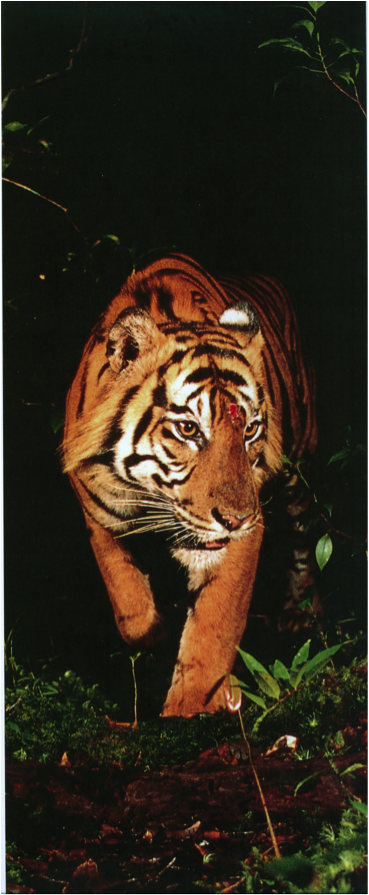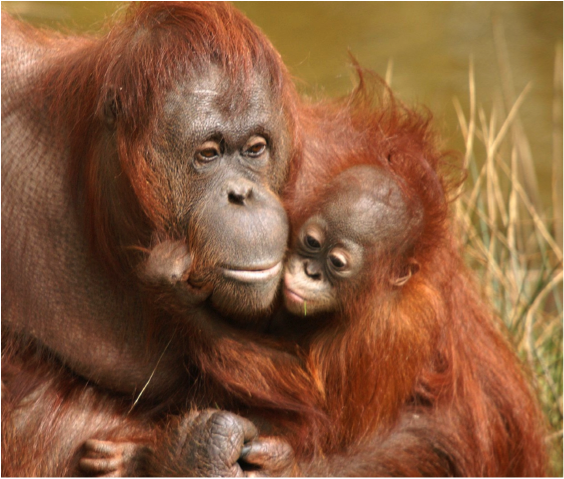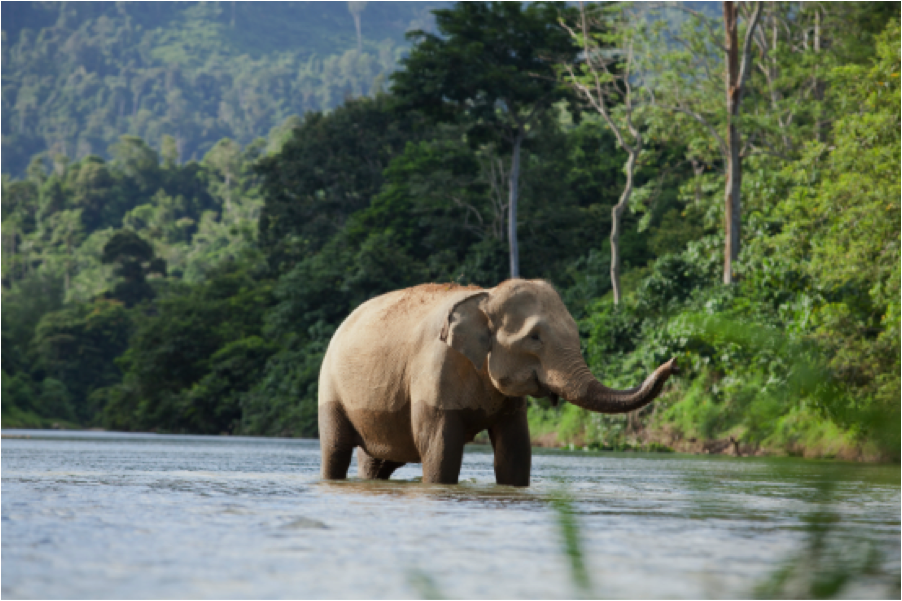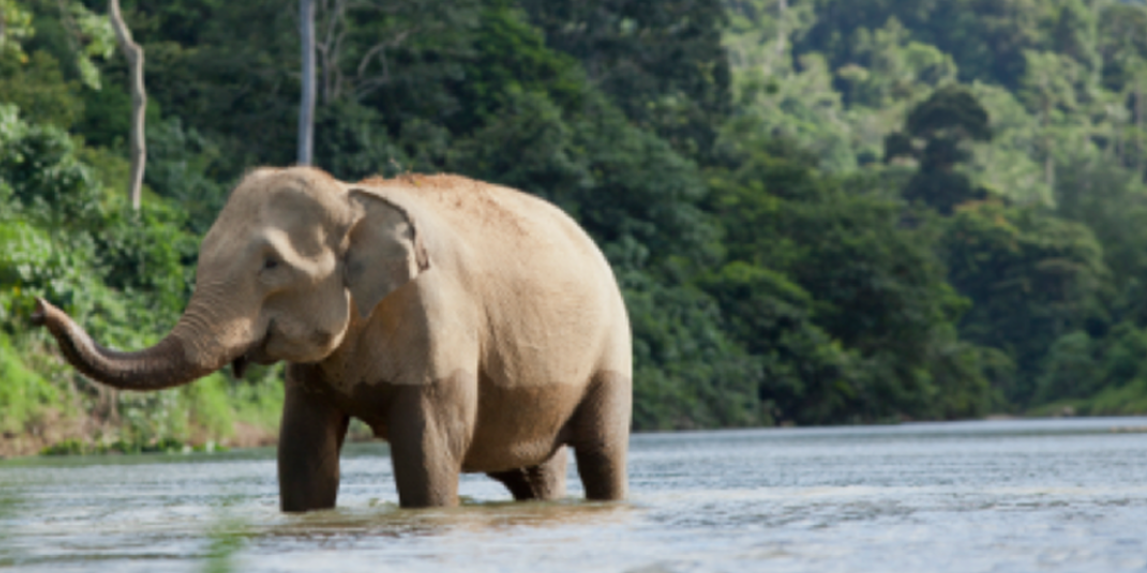Indonesia’s rainforests are home to some of the highest levels of biological diversity in the world. Many sources credit Indonesia as the most species rich country on earth. Spread over 18,000 islands, Indonesia contains the world’s third largest area of rainforest after the Amazon and Africa’s Congo Basin.
Tragically, the rapid loss of Indonesia’s biologically wealthy rainforests is driving in-numerable species to the very edge of survival. Only decisive action and a paradigm shift towards meaningful conservation commitments by industry and the Indonesian government will prevent a catastrophic epidemic of extinctions in the coming decades. RAN’s strategic involvement in Indonesian forest issues is aimed at ushering in just such a sea change in the status quo. Please join us to ensure our work is not too late.
Incredibly, with just 1 percent of the Earth’s land area, Indonesia’s rainforests contain 10 percent of the world’s known plant species, 12 percent of mammal species – including endangered orangutans and critically endangered Sumatran tigers and rhinos – and 17 percent of all known bird species.
And there is still much to be discovered. The Indonesian Ministry of the Environment estimates that more than half of Indonesia’s species are still unrecorded.
Indonesia has more species of mammal than any other nation, an incredible 515 species by most counts. Unfortunately, Indonesia also leads the world in the number of threatened mammals at 135 species, which is nearly a third of all of its native mammals.
The Sumatran Tiger

Many of Indonesia’s most iconic and well known species are also its most endangered. With the extinctions of the Balinese and Javan tigers, the Sumatran tiger is the only surviving species of Indonesian tiger. Its wild population is believed to total less than 500 animals, with an estimated 150 breeding pairs. One of the most immediate threats to their survival comes from the destruction of critical habitat by the pulp and paper industry as it converts high value rainforests into monoculture pulp plantations.
Tiger scientists say that existing protected forest areas in Sumatra are not sufficient to maintain viable tiger populations. Each breeding pair of tigers requires a large home range so it is essential that remaining areas of natural rainforest outside of protected areas be conserved if these majestic animals are to survive.
The Orangutan
The Red Ape, the orangutan (literally ‘people of the forest’) continues to suffer precipitous declines from deforestation. Sumatran orangutans are designated as Critically Endangered by the IUCN, with a population of just a few thousand, while the Borneo orangutan is considered Threatened. The UN calls the current status of the remaining orangutans “a conservation emergency.” Habitat destruction caused by the massive expansion of palm oil plantations is a primary reason orangutans are facing the threat of extinction.
Right: One of the world’s last remaining Sumatran tigers. Photo: Mike Griffiths/RAN

The Javan Rhinoceros & Sumatran Elephants
The island of Java is home to a small population of Javan Rhinoceros, the rarest of all rhinoceros, while Sumatra’s swamp forests protect the last Sumatran Rhinoceros, second rarest of the rhinos. The Sumatran elephant, also listed as Endangered, is pre-eminently threatened by habitat loss, degradation and fragmentation.

Above: Sumatran elephants, a subspecies of the wider ranging Asian elephant, are endangered by habitat loss caused by the palm oil and pulp and paper industries. Photo: David Gilbert
Breeding Birds
Indonesia has more than twice the number of breeding birds as North America in only one-fifth the land area. There are a staggering 1539 bird species known – with 430 species found nowhere else. Many of these birds live on only one or two small islands. One hundred fourteen species are considered extremely threatened, the largest number of threatened birds of any country in the world.
One thousand species of reptiles and amphibians live in Indonesia, a full 10 percent of the world’s herpetofauna. Twenty-eight species of reptiles are considered threatened by the 2000 IUCN Red List Species. Fully half of all the world’s fish species can be found in Indonesia’s marine and freshwater systems.
Plant Diversity
Indonesia’s forests have a diversity of plants equaled only in Amazonia. Over 25,000 species of flowering plants have been described within the country, with 2000 species of orchids growing on Borneo alone. About 40 percent of these plants exist nowhere else on earth.
